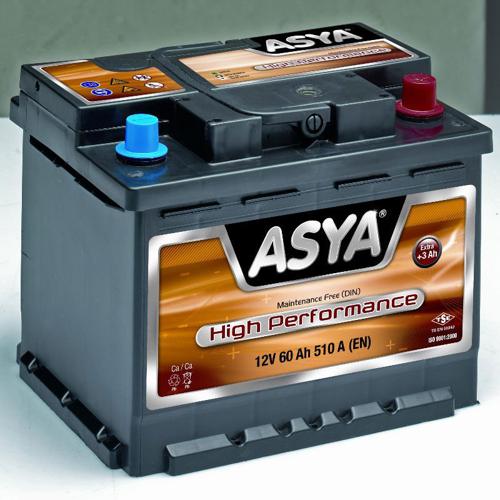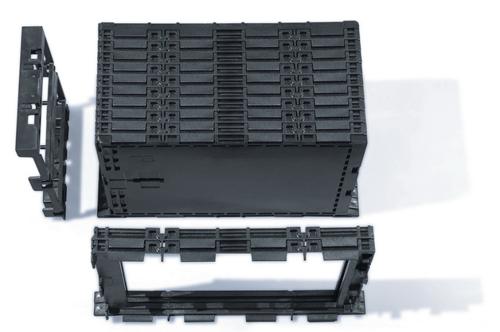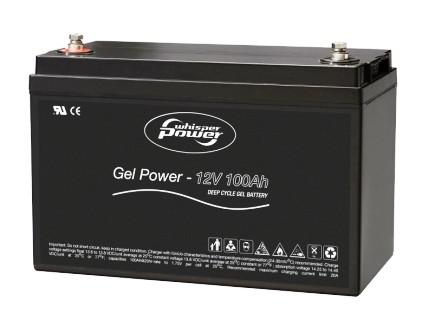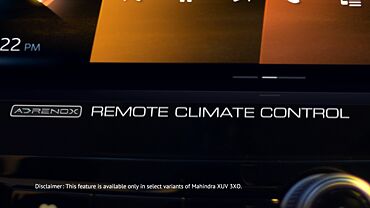We have been publishing auto guide articles on different subjects so as to provide awareness about working of different parts of automobile. In this article we deal with working of battery and key points to be aware about maintenance of the same.
Battery
An automobile battery is an electrochemical device that stores and provides electrical energy. When battery is connected to external load, an energy conversion occurs, that results current flow through the circuit to operate the load. Electrical energy is provided in battery by chemical reaction that occurs between two dissimilar plates that are immersed in an electrolyte solution.
Charging and discharging
When battery is discharging, it changes chemical energy into electrical energy. During this, the battery releases the stored energy. During charging, electrical energy is converted to chemical energy as a result battery can store energy.
Different types of batteries
The most common types are conventional battery, low maintenance battery, maintenance free battery, sealed maintenance free battery and recombination battery.
Conventional Battery
The storage battery consists of grids, positive plates, negative plates, separator elements, electrolytes, a container, cell covers, vent plugs and cell containers.
Electrolyte and specific gravity
Lead peroxide and sponge lead that fill the element plates are active materials in the battery. These materials become active when immersed in the electrolyte. An electrolyte is a liquid composed of acid and water. Generally Sulphuric acid (H2SO4). The sulphuric acid of electrolyte supplies sulphate which chemically reacts with both lead and lead peroxide to release electrical energy. Sulphuric acid is carrier of electrons inside battery between positive and negative plates.
Discharging and charging
The chemical reaction between active materials on positive and negative plates and acid in electrolyte provides electrical energy. When battery discharges, the lead in lead peroxide of the positive plates combines with sulphate radical (SO4) to form lead sulphate (PbSO4).
A similar reaction takes place at negative plate. In this plate also lead (Pb) of negative active material combines with sulphate radical (SO4) to form lead sulphate (PbSO4) a neutral and inactive material. Thus lead sulphates form at both types of plates as battery discharges. As these chemical reactions occurs, oxygen from lead peroxide and hydrogen from the sulphuric acid combine to form water (H2O). As discharging takes place, the acid in electrolyte is used up and replaced with water. The specific gravity of electrolyte decreases as discharging takes place. Measure of specific gravity using hydrometer indicates charge level. Generally ranges from 1.265 for 100% charge to 1.120 for full discharge.
Recharging is reverse process of charging. Electrical input from source such as alternator, generator or battery recharger is forced into the battery. The lead sulphate (PbSO4) on both plates separates into lead (Pb) and sulphate (SO4). As sulphate (SO4) levels both plates, it combines with hydrogen in electrolyte to form sulphuric acid (H2SO4). At the same time Oxygen (O2) in electrolyte combines with lead (Pb) at positive plate to form lead peroxide (PbO2). As a result negative plates return to original form of lead (Pb) and positive plates reverts to lead peroxide (PbO2).
Low maintenance and maintenance free battery.

Maintenance free batteries do not have removable cell covers or caps. They have small gas vents that prevents gas pressure build up in the case. Water is never added to maintenance free batteries.
Advantages of maintenance free batteries over conventional batteries.
-
A large reserve of electrolyte above the plates.
-
Increased resistance to overcharging.
-
Longer life.
-
Can be transported with electrolyte in battery. No possibilities of spillage of electrolyte.
-
Higher cold cranking-ampere rating.
Disadvantages
-
Low reserve capacity
-
Faster discharge by varying loads
Hybrid batteries

A hybrid battery is also called a deep cycle battery. It combines the advantage of low maintenance and maintenance free batteries. It can withstand deep cycles and still return to 100% of its original reserve capacity. A deep cycle means to discharge the battery completely before recharging it.
The grid construction of hybrid batteries consist of approximately 2.75% antimony alloy on positive plates and a calcium alloy on hydrogen plates. This allows battery to withstand deep cycling while retaining reserve capacity for improved cranking performance.
Recombination batteries

A recombination battery is basically lead acid voltage cell. A slight change in plate and electrolyte constituents eliminates the hydrogen generation. During charging, conventional or maintenance free batteries release hydrogen at the negative plates and oxygen at positive plates. Most of hydrogen is released through electrolyte near the negative plates as battery reaches full charge. In recombination batteries the negative plates never reach fully charged condition and therefore cause little or no release of hydrogen. Oxygen is released at positive plates but it passes through the separators and recombines with negative plates. Virtually there will be no gases from battery. Because the oxygen released by electrolyte is forced to recombine with negative plates. These batteries are called recombination or recombination electrolyte batteries.
Factors affecting battery life
1.Improper electrolyte levels
While filling electrolyte, under filling causes a greater concentration of acid which deteriorates the plates in grid more rapidly.
2.Corrosion
Battery corrosion is commonly caused by spilled electrolyte or electrolyte condensation from gassing. In both cases sulphuric acid from electrolyte can corrode, attract and can destroy connectors and terminals.
3.Overcharging
Batteries can be overcharged by either the vehicle charging system or a battery charger. In this case the result is a violent chemical reaction within battery that causes a loss of water in the cells. This can push active materials off the plates permanently reducing capacity of battery.
4.Undercharging/sulphation
The vehicle charging system might not fully recharge the battery due to excessive battery output, stop and go driving or fault in charging system. In all these cases battery operates in partially discharged condition. A battery in this condition becomes sulphated due to which plates become chemically irreversible.
5.Poor maintenance
Loose, hold-down straps or covers allow battery to vibrate it, bounce during vehicle operation. It can loose plate connections to plate straps, loosen cable connections and even crack battery case.
6.Cycling
Cycling is simply discharging and recharging of battery. Heavy and repeated cycling can cause positive plate material to break away from its grids and fall into sediment chambers at base of case. This problem reduces battery capacity and can lead to premature short circuiting between the plates.
Safety precautions while using battery
-
Do not smoke near top of battery and never use a lighter or match as flashlight
-
Always disconnect battery’s ground cable when working on electrical system or engine
-
Never connect or disconnect charger leads when charger is turned on. This generates spark.
Daily/frequent checking
-
Visually inspect battery cover case for dust and grease
-
Inspect case for cracks, loose terminal ports and other signs of physical damage
-
Check for missing cell plug covers and caps
-
Check the electrolyte level
-
Inspect all cables for broken or corroded wires, fraged insulation, loose connections
-
Visually check battery terminals cable connections metal parts, hold down and trace for corrosion damage and build up.
-
Check heat shield for proper installation on vehicles so equipped.
Conclusion
In the above article we have dealt with the information that could help anyone to be aware of working of battery used in automobiles. Going in detail is beyond scope of the article. We hope it would help for customer’s general awareness about automobile battery.


























